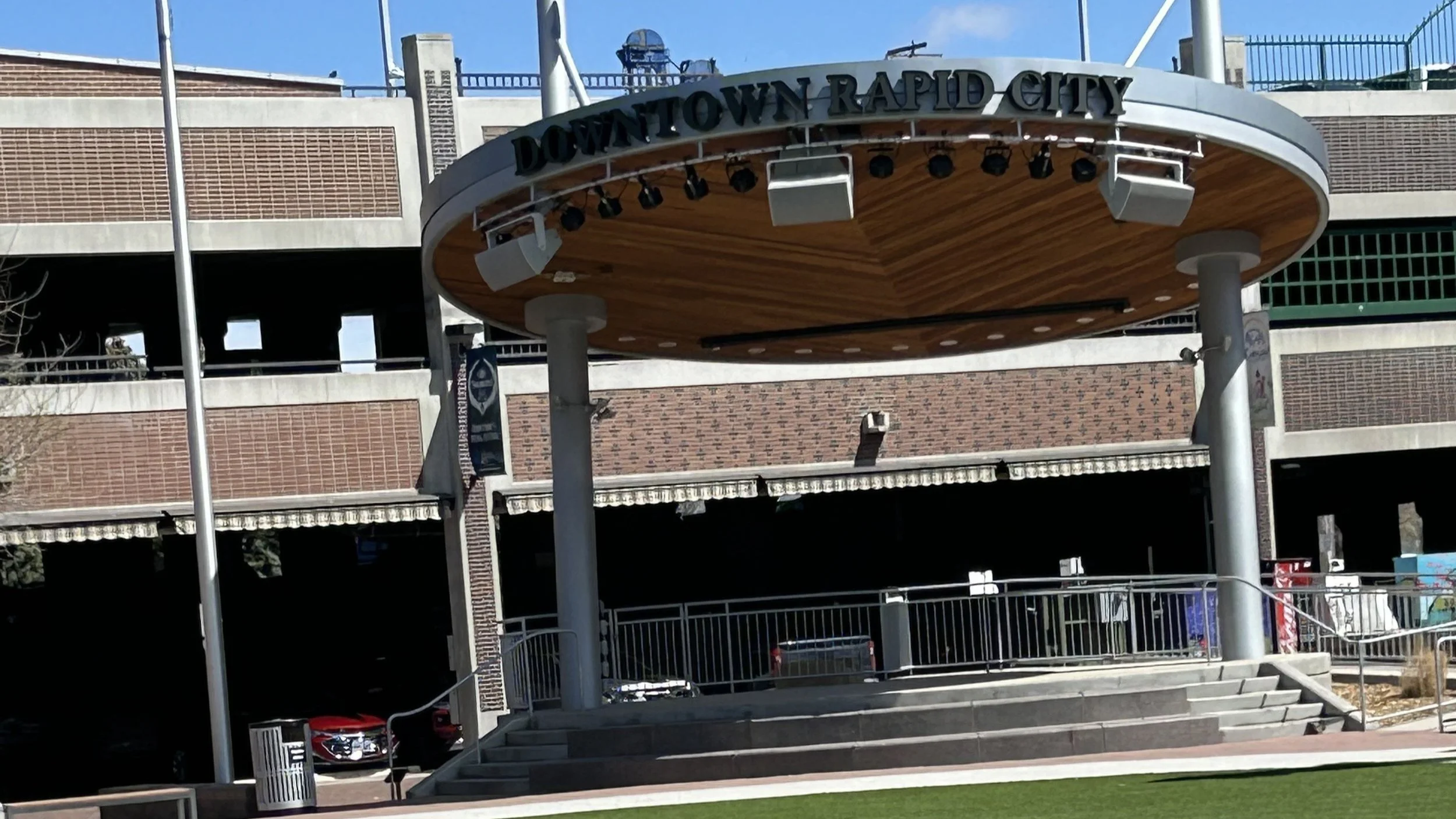Rapid City sees increase in public transportation use — but some decisions are leaving many residents stranded
Rapid City recently touted record ridership numbers for public transportation.
We’re also reminded of the successful student program which transports children safely to school. Many people who have limited or no transportation benefit from public transit (like the Rapid Ride bus above, pictured on the Rapid Transit System website), as it provides dependable access to their workplace and community services.
Medical, educational, and social facilities understand the desperate need for reliable public transit and expanding routes. Our economic and workforce development depends on it, as do single parents taking their children to appointments, accessing DSS services and frequenting grocery stores.
One example is Oyate Health, who has made repeated requests for door-to-door service over the last several years. Currently, Oyate patients relying on public transit must either walk across Sioux San and then another 630 feet, or worse, walk from Canyon Lake Drive and trudge 1,100 feet up the steep hill. A mere inconvenience for the young and able-bodied, but a significant burden to the elderly and those seeking medical services, especially when they aren’t feeling well. There are many late or missed appointments.
Imagine the rider as a senior, or with a mobility issue, and most likely, ill — possibly a combination of all three. Then factor in our extreme weather. Oyate Health is a top-notch, state-of-the-art facility doing their very best to accommodate patients. The city should be partnering with them to ensure that all citizens can safely and easily access necessary medical care.
Over a year ago, all 10 council members unanimously agreed routes should change, expand, and provide easier access to medical facilities. Oyate Health ensured their architectural designs would comply with federal transit approach and turn-around requirements. Regardless, the city denied altering the bus service and refused to change the outdated, established routes. They cited that, because it is a federal facility, city buses weren’t allowed on the property.
A common, tangible solution is a memorandum of understanding allowing city buses upon the premises. Additionally, a survey was conducted last year that gathered data for public transportation input; yet, despite multiple requests and record growth, our bus system has rejected the recommendations and fails to service additional destinations.
With these issues in mind, take a drive around town. You’ll notice bus shelters and benches have been removed from various bus stops. Most were a couple of decades old, so naturally one would assume they are being replaced. Later we were told they were permanently removed because of purported misuse: the homeless were using them as toilets and shelters and engaging in sexual and illegal drug activity.
By no means should we condone this supposed behavior, but why should the rest have to pay the price? Think of the many seniors, students, and disabled patrons who are now being punished. Why in the dead of winter?
We were told regretfully, “This came from City Hall. Dress warm.”
The city is quick to celebrate “record ridership numbers,” yet, this quiet demolition of structures, built with tax dollars, occurred without any explanation or plans for replacement for the good law-abiding riders. How many people are using Rapid Ride because the school district is not meeting busing needs? How safe is it for the riders?
If we are so concerned about these alleged bus stop abuses, to the extent where shelter structures are permanently removed, then why is it acceptable for children and the general public to stand there waiting for a ride?
It all comes down to the recent, sick obsession with punishing the homeless — and it needs to end. At bare minimum, replace the benches at these stops.
I challenge decision-makers to navigate our bus system on a typical January day. Just for fun, bring a cranky toddler and a diaper bag. Wait at an unsheltered bus stop for 20 minutes in single-digit weather with 15-mph winds. Stand there and imagine traveling this way daily to a desired destination only to repeat it on the way home.
One would think these cruel actions would violate the ADA, but the city is in compliance. Sadly, they have done the absolute bare minimum requirements: a simple concrete pad with a slant. Given the celebratory ridership numbers, influx of grant monies, and the constant demand for easier public transportation, the city must do better. Even if we ourselves don’t rely on public transportation, citizens should insist our elected officials practice some common logic and have compassion for those who do.
We should encourage robust public transit efforts and seek to improve ways to enhance public transportation — not provide harsh, punishing obstacles for people simply trying to navigate Rapid City. When rash decisions mask themselves as homeless solutions, the unintended consequences must be taken into consideration.
Laura Armstrong of Rapid City is a speech language pathologist who owns a small private clinic. She served two consecutive terms on the Rapid City Common Council (2017-23) twice as council president, and remains dedicated to the Rapid City community.







